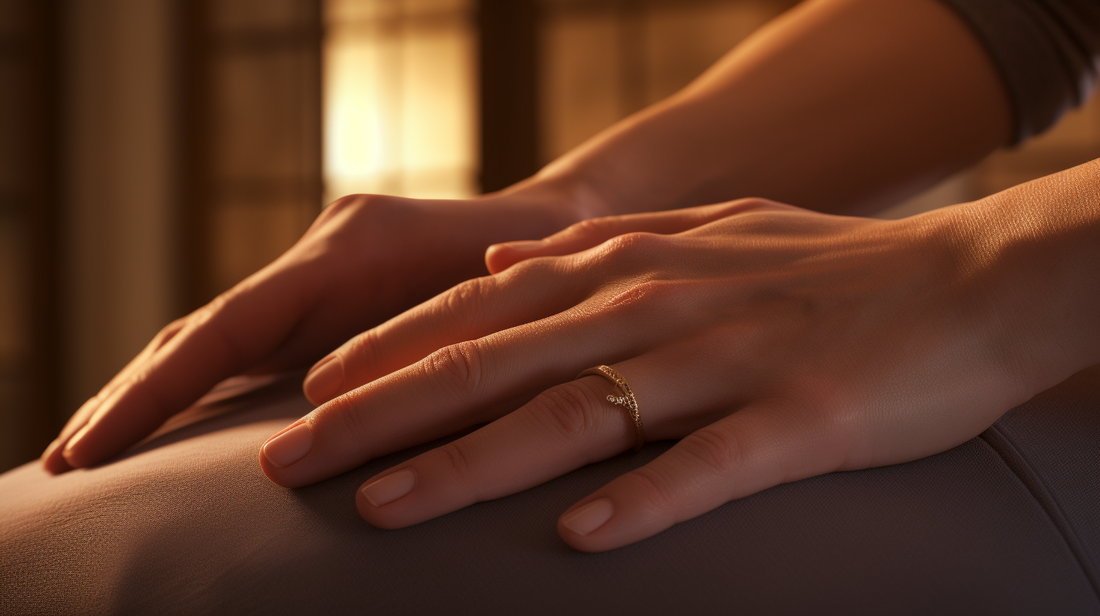
Therapeutic massages for people with cerebral palsy: rehabilitation and muscle strengthening
The world of complementary therapies is full of opportunities to improve the quality of life of individuals. In the vast field of rehabilitative and therapeutic care, massages, in particular Swedish massage and deep-tissue massage, are proving to be powerful allies for those struggling with the sequelae and limitations associated with cerebral palsy and stroke. other motor disabilities.
- Understanding Cerebral Palsy (CMI) and its Impacts
BMI is often the result of brain damage occurring in the first few months of life, whether due to trauma during childbirth, neonatal infection, intracranial hemorrhage or brain damage due to a stroke. It causes a range of motor impairments and associated disorders. Although each person with IMC experiences their disability situation in a unique way, many common challenges arise: spasticity, coordination difficulties, swallowing difficulties, and sometimes cognitive disorders.
- Massages and their Multiple Benefits
Swedish massage:
Promoting overall relaxation, Swedish massage works to improve blood circulation, essential for nourishing muscles and tissues. For someone with BMI, this means better muscle oxygenation, relief from muscle pain, and the potential for improved mobility. This massage can also help reduce spasticity, often present in the lower limbs, by releasing accumulated tension.
Deep tissue:
This massage technique focuses on the deepest layers of muscle, fascia and tissue. For someone with BMI, this may mean targeted work on areas of chronic tension, often caused by compensatory postures or abnormal movements. By relaxing these areas, one can potentially improve mobility and reduce pain.
- The Place of Massage in a Rehabilitation Program
Beyond the purely muscular aspect, massages play an essential role in stimulating the nervous system. Each touch, each pressure, each stretch is information sent to the brain. For a person whose nervous system has been traumatized, this stimulation can contribute to neurological rehabilitation.
Thus, when massage is integrated into a multidisciplinary program with physiotherapists, occupational therapists and other professionals, it can contribute to better muscle balance, a reduction in asymmetries and an overall improvement in the quality of life.
- Rehabilitation, Massages and Hope
The challenges associated with BMI or any other motor disability are vast and complex. But it is important to remember that each person is unique, and with the right support, significant progress is possible. Massages, in conjunction with other therapies, can open doors to improve motor skills, strengthen muscles and, above all, provide essential moments of relaxation and well-being.
Note: Consultation with a healthcare professional is essential to adapt care and therapy to each individual. This article is intended for informational purposes and cannot replace medical advice.
